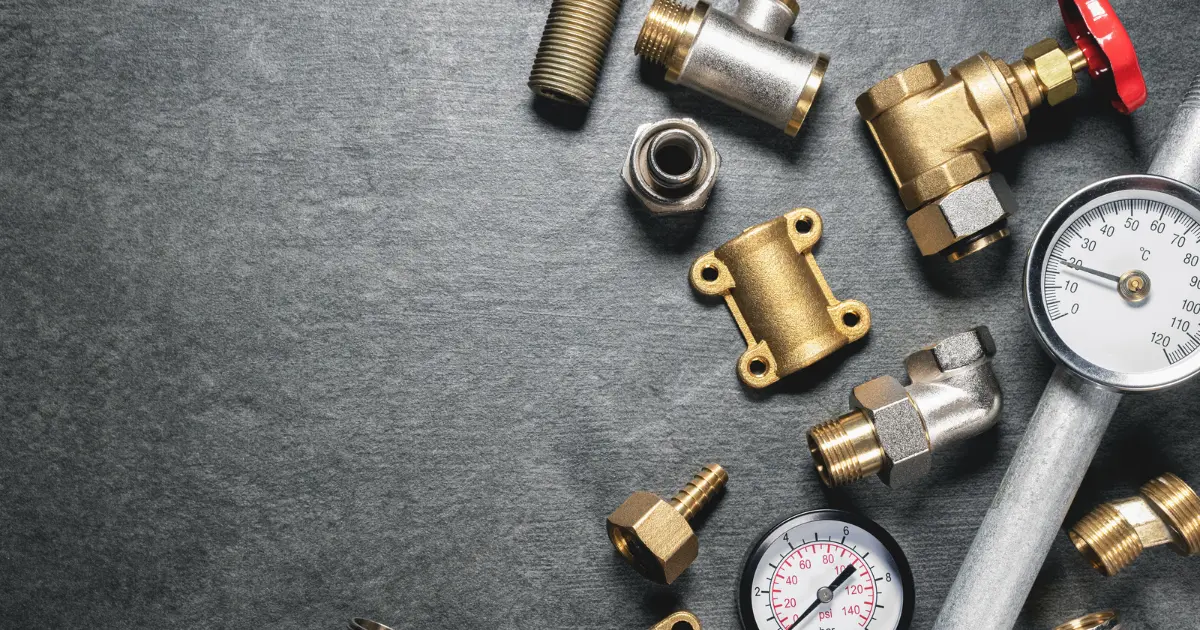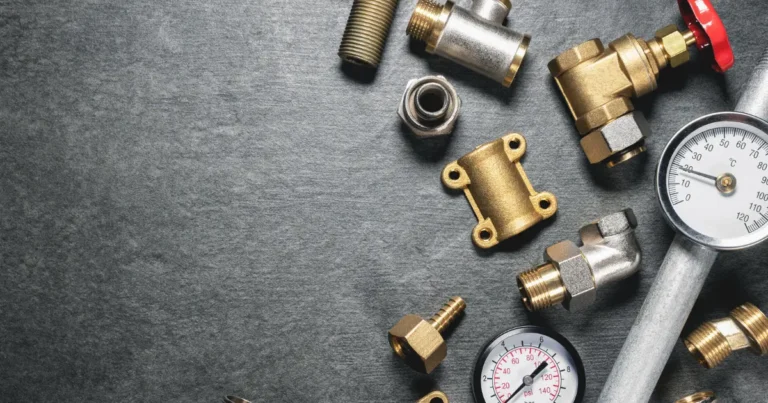London, a city steeped in rich history and architectural marvels, has a hidden yet vital aspect that often goes unnoticed – its plumbing system. From the grandeur of Victorian-era waterworks to the modern innovations of today, the evolution of plumbing in London tells a fascinating tale of progress and adaptation. Imagine the intricate network of pipes snaking beneath the bustling streets, silently carrying life-sustaining water to every corner of this sprawling metropolis. Join us on a journey through time as we uncover the untold story of how London’s plumbing has transformed from humble beginnings to become an essential component of urban life.
Ancient Roman Aqueducts:
Explore how the ancient Romans brought water to London through a network of aqueducts and pipes, laying the foundation for modern plumbing systems.
The intricate network of ancient Roman aqueducts stands as a testament to the engineering prowess of one of history’s greatest civilizations. These massive structures, constructed using innovative techniques and materials, were essential to providing fresh water to bustling cities like Rome. The aqueducts showcased the Romans’ mastery of hydraulics, showcasing their ability to manipulate water flow over vast distances with precision.
One fascinating aspect of these aqueducts is how they influenced modern plumbing systems, including those found in cities like London. The Romans’ advanced understanding of water supply and distribution laid the groundwork for modern plumbing technology, shaping the way we access and utilize water today. By studying these ancient feats of engineering, we can gain valuable insights into sustainable water management practices that are still relevant in our contemporary world.
Medieval Chamber Pots:
Learn about the use of chamber pots in medieval London and how they evolved into early indoor plumbing systems.
In medieval times, chamber pots were indispensable household items used for relieving oneself during the night. Made of various materials such as pottery or metal, these vessels were often kept under beds for convenient use. Interestingly, in London, plumbing was virtually non-existent during this era, making chamber pots a primary solution for personal waste disposal.
Despite their practicality, chamber pots also served as status symbols among the wealthy. Elaborately decorated with intricate designs and ornate handles, these vessels showcased the owner’s wealth and social standing. As sanitation practices improved over time, chamber pots eventually fell out of favor, paving the way for modern indoor plumbing systems to revolutionize waste management around the world.
Today, while we may view medieval chamber pots as relics from a bygone era, they offer valuable insights into historical domestic life and the evolution of sanitation practices. The legacy of these humble vessels continues to remind us of the importance of hygiene and innovation in creating healthier living environments for all.
Tudor Water Closets:
Discover how Tudor-era Londoners used primitive water closets and cesspits for waste disposal, paving the way for more advanced sewage systems.
The Tudor period witnessed a fascinating evolution in indoor plumbing practices, particularly in London. Water closets, a revolutionary concept at the time, began to gain popularity among the elite classes. These early versions of toilets were intricately designed with ornate woodwork and complex flushing mechanisms, showing off the wealth and status of their owners.
London’s growing population during the Tudor era posed significant challenges to sanitation and waste management. The implementation of water closets in affluent households marked a crucial step towards improving hygiene standards within the city. This shift towards more sophisticated plumbing systems not only elevated living standards but also laid the groundwork for future advancements in public health infrastructure.
As London continued to modernize and expand, water closets became increasingly prevalent across all social strata. The adoption of these innovative facilities signaled a departure from traditional chamber pots and outdoor latrines, paving the way for more hygienic and convenient sanitary solutions for urban dwellers.
Industrial Revolution Innovations:
Delve into the impact of the Industrial Revolution on London’s plumbing industry, including the development of cast iron pipes and mass-produced toilets.
During the Industrial Revolution, one of the most impactful innovations was the development of modern plumbing systems in London. Before this revolution, sanitation and waste disposal were major issues in urban areas, leading to widespread diseases and pollution. With advancements in technology and engineering, London saw the introduction of underground sewer systems, clean water supplies, and indoor plumbing in homes and businesses.
This transformation not only improved public health but also changed social norms and behaviors related to hygiene. The availability of clean water and efficient waste removal systems led to a significant reduction in disease outbreaks and created a more comfortable living environment for city dwellers. Furthermore, the innovation of plumbing infrastructure paved the way for further advancements in public health practices that are still relevant today. Overall, these developments during the Industrial Revolution marked a significant turning point in urban development and set a foundation for future innovations in infrastructure maintenance and management.
Victorian Sewer System:
Uncover the engineering marvel that is London’s Victorian sewer system, designed by Joseph Bazalgette to combat cholera outbreaks and improve public health.
London’s Victorian sewer system was a marvel of engineering, designed to tackle the growing sanitation issues in the bustling city. The visionary engineer Sir Joseph Bazalgette revolutionized London plumbing by constructing an extensive network of brick sewers under the streets. This innovative system played a crucial role in improving public health and reducing the spread of diseases like cholera.
One fascinating aspect of the Victorian sewer system is its intricate design, featuring different levels for sewage and rainwater. This separation helped prevent overwhelming the system during heavy rainfalls, showcasing Bazalgette’s foresight and planning skills. Additionally, the construction of these sewers required immense manpower and ingenuity, with workers laboring tirelessly to build underground tunnels that would serve London for generations to come.
Modern Plumbing Technologies:
From PVC piping to water-saving fixtures, learn about the latest advancements in London’s plumbing industry that have made our lives more convenient and sustainable.
The plumbing industry in London has been revolutionized by modern technologies that have greatly improved efficiency and effectiveness. One such innovation is the use of smart leak detection systems, which can detect leaks in pipes before they become major issues. These systems utilize sensors and advanced algorithms to monitor water flow and pressure, alerting homeowners or plumbers to potential leaks promptly.
Another cutting-edge technology making waves in the plumbing industry is trenchless pipe repair. Instead of traditional excavation methods that require digging up large areas of land, trenchless techniques involve inserting a specialized lining into existing pipes to repair cracks or damage. This method not only saves time and money but also minimizes disruption to landscaping or property structures. With these advancements, London plumbers can provide faster, more cost-effective solutions for their customers while minimizing environmental impact.












